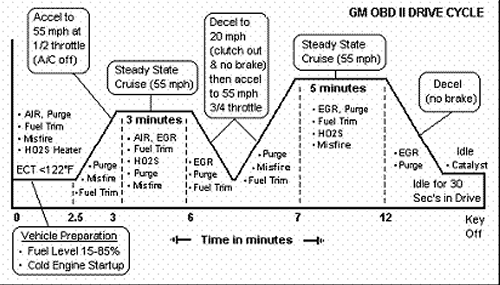
The primary purpose of the PCM, ECU, ECM, ... is to manage automobile resources to ensure the emissions from the car meet emission standards at time of sale. It manages automobile resources such as injectors, engine timing, EGR, … in regards to controlling them and ensuring they are operating effectively so that the overall system can maintain the emission's standard.
The PCM utilizes monitors to ensure components and engine are working within the OBD II specifications. For example, the PCM constantly monitors for misfires. Likewise, when certain conditions are met, the catalytic converter(s) is/are tested to ensure proper behavior.
As for me, I live in California. Yup! Hot Rodder hell. So, in California, being CARB legal is a big deal. Since Check Engine Light issue must be resolved in CA to pass smog tests or resell a vehicle, I have helped many people resolve them. Therefore, if you live in a state where you must periodically smog test your vehicles, then knowing about Readiness Monitors can be helpful, especially if you are a car flipper.
For an automobile to pass a smog test, the following conditions must be met:
The following table summarizes some of these potential monitors for a gasoline engine automobile:
<Toggle Table Display>| Monitor Name | Description | When Executed | |
| Continuously | Driving condition is met | ||
| Misfire |
|
✅ | |
Note: These monitors are cleared if the battery is disconnected or a scan tool clears them.
After reading the above table, you probably noticed that many of the readiness tests require a certain condition to be met to allow them to complete successfully. But what does a drive cycle look like? Here is an example drive cycle for a GM. I pulled it from the Autozone.com web site.

To find your car’s specific readiness monitor drive cycle, please consult your shop manual. If you don't have a shop manual, you can utilize Mitchell DIY Online.